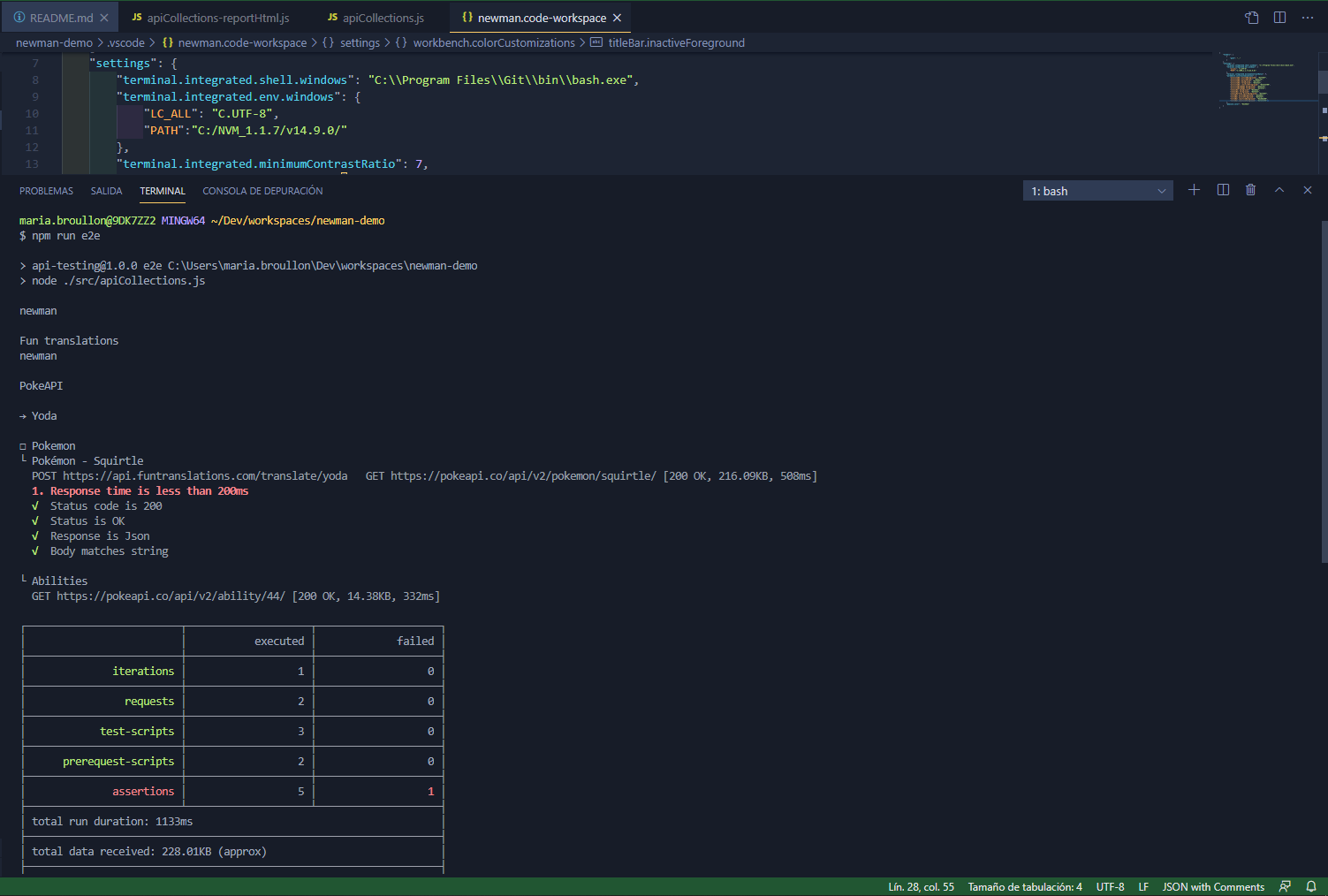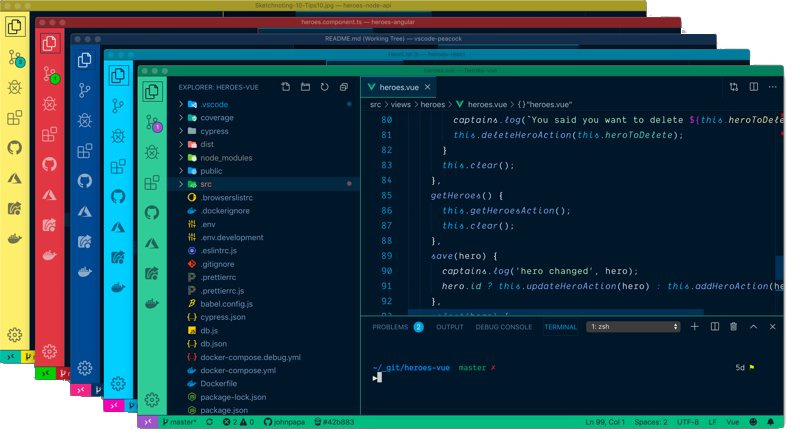AWS-CDK behind a proxy
Introduction
As is, AWS-CDK can not provide a proper way to work with both the proxy and certificates configuration, so in case we are behind a corporate proxy, we need to hack it.
Setup
Install AWS-CDK as a global package, and check it was properly installed.
1
2npm install aws-cdk -g
cdk --versionYou will need to go to the
node_modulesfolder (example on an NVM installation:C:\NVM_1.1.7\v14.16.1\node_modules\aws-cdk\lib\api\aws-auth\sdk-provider.js):You will need to make the following changes, on switching the function
parseHttpOptionson line 263:1
2
3
4
5
6
7
8
9
10
11
12
13
14
15
16
17
18
19
20
21
22
23
24
25
26
27
28
29
30
31
32
33
34
35
36
37
38
39
40
41
42
43
44
45
46
47
48
49
50
51
52
53
54
55
56
57
58
59
60
61
62
63
64
65
66
67
68
69
70
71
72
73
74
75
76
77
78
79
80
81
82
83
84
85
86function parseHttpOptions(options) {
var _a;
const config = {};
config.httpOptions = {};
let userAgent = options.userAgent;
if (userAgent == null) {
// Find the package.json from the main toolkit
const pkg = JSON.parse((_a = readIfPossible(path.join(
__dirname, '..', '..', '..', 'package.json'))
) !== null && _a !== void 0 ? _a : '{}');
userAgent = `${pkg.name}/${pkg.version}`;
}
config.customUserAgent = userAgent;
const proxyAddress = options.proxyAddress || httpsProxyFromEnvironment();
const caBundlePath = options.caBundlePath || caBundlePathFromEnvironment();
if (proxyAddress && caBundlePath) {
logging_1.debug('Using proxy server: %s', proxyAddress);
logging_1.debug('Using CA bundle path: %s', caBundlePath);
// eslint-disable-next-line @typescript-eslint/no-require-imports
const ProxyAgent = require('proxy-agent');
//some extra processing for splitting proxyAddress
_p_address = proxyAddress.replace('//', "").split(":");
_protocol = 'http';
_address = 'localhost';
_port = '8080';
if (_p_address.legth < 0 || _p_address.length > 4){
throw new Error('Invalid proxy address');
}
if (_p_address.legth === 1){
_address = _p_address[0];
}
if (_p_address.legth === 2){
if (_p_address[0].startsWith('http')){
_protocol = _p_address[0];
_address = _p_address[1];
} else{
_address = _p_address[0];
_port = _p_address[1];
}
}
if (_p_address.legth === 3){
_protocol = _p_address[0];
_address = _p_address[1];
_port = _p_address[2];
}
// and set it
config.httpOptions.agent = new ProxyAgent({
protocol: _protocol + ':',
slashes: true,
auth: null,
host: _address + ':' + _port,
port: _port,
hostname: _address_,
hash: null,
search: null,
query: null,
pathname: '/',
path: '/',
href: proxyAddress,
ca: readIfPossible(caBundlePath),
keepAlive: true,
});
} else {
if (proxyAddress) { // Ignore empty string on purpose
logging_1.debug('Using proxy server: %s', proxyAddress);
// eslint-disable-next-line @typescript-eslint/no-require-imports
const ProxyAgent = require('proxy-agent');
config.httpOptions.agent = new ProxyAgent(proxyAddress);
}
if (caBundlePath) {
logging_1.debug('Using CA bundle path: %s', caBundlePath);
config.httpOptions.agent = new https.Agent({
ca: readIfPossible(caBundlePath),
keepAlive: true,
});
}
}
return config;
}
Run it
Terminal configuration on Windows CMD
You will need to work on CMD (stock). Add the NodeJS variable, then you can run AWS-CDK commands.
1
SET PATH=C:\NVM_1.1.7\v14.16.1;%PATH%
Launch a CDK command.
1
cdk init sample-app --language=typescript
Terminal configuration via wrapper
Your PATH must contain the following variables.
1
PATH=C:\NVM_1.1.7;C:\NVM_1.1.7\v14.16.1;C:\Program Files\Amazon\AWSCLI\bin;C:\WINDOWS\system32;C:\WINDOWS;C:\WINDOWS\System32\Wbem;C:\WINDOWS\System32\OpePATHEXT=.COM;.EXE;.BAT;.CMD;.VBS;.VBE;.JS;.JSE;.WSF;.WSH;.MSC;.PY;.PYW
Launch a CDK command.
1
cdk init sample-app --language=typescript
Terminal configuration on code workspaces
If you are using a Visual Studio Code code-workspace, then you should specify it.
1
2
3
4
5
6
7
8
9
10
11
12
13
14
15{
"folders": [
{
"path": ".."
}
],
"settings": {
"terminal.integrated.shell.windows": "C:\\Program Files\\Git\\bin\\bash.exe",
"terminal.integrated.env.windows": {
"LC_ALL": "C.UTF-8",
"PATH": "C:/NVM_1.1.7;C:/NVM_1.1.7/v14.16.1;C:/Program Files/Amazon/AWSCLI/bin;C:/WINDOWS/system32;C:/WINDOWS;C:/WINDOWS/System32/Wbem;C:/WINDOWS/System32/OpePATHEXT=.COM;.EXE;.BAT;.CMD;.VBS;.VBE;.JS;.JSE;.WSF;.WSH;.MSC;.PY;.PYW"
},
"terminal.integrated.minimumContrastRatio": 7,
}
}Launch a CDK command.
1
cdk init sample-app --language=typescript



